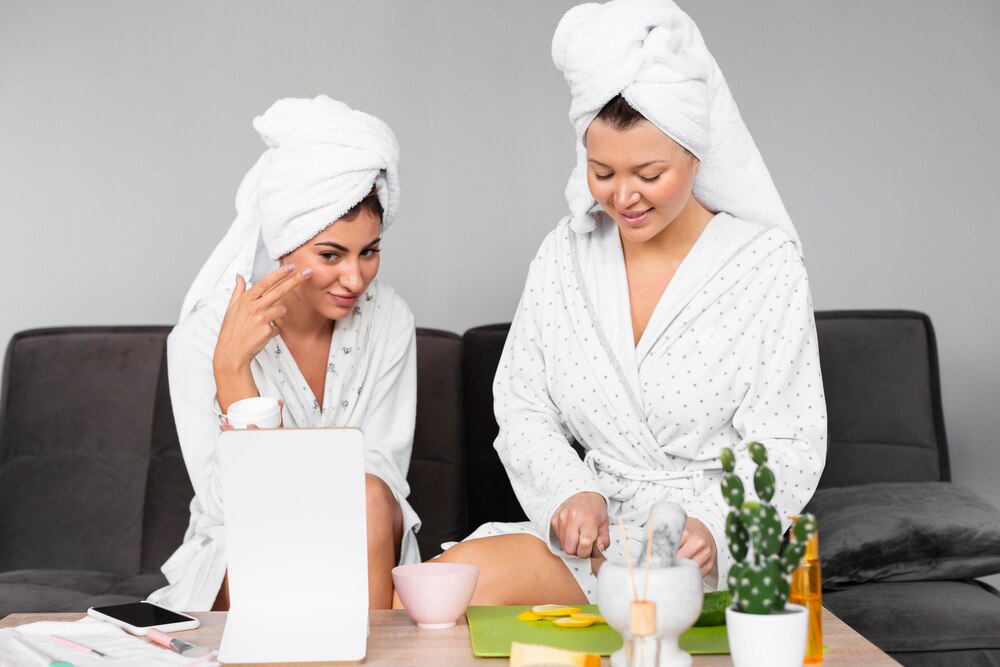Wellness is no longer just a lifestyle choice—it’s a thriving industry. As more people prioritise self-care, relaxation, and holistic health, eCommerce businesses are taking notice.Read More
These magazines not only highlight industry innovations but also influence consumer preferences and expectations. Spa and Wellness Magazine, in particular, has become a key driver of trends that affect everything from ingredient sourcing to packaging aesthetics in the digital marketplace. One of the clearest ways magazine trends influence eCommerce is through ingredient awareness. Consumers now seek transparency in what they use on their skin or consume as supplements. Ingredients like CBD, turmeric, ashwagandha, and essential oils have gained immense popularity thanks to consistent coverage in spa and wellness publications. In response, online retailers have expanded their product ranges to include organic body scrubs, aromatherapy diffusers, and plant-based nutrition products. These trends don’t just impact the products themselves—they change how they are labelled, advertised, and reviewed across platforms like Amazon, Etsy, and independent wellness sites. Spa culture has long been associated with luxury, calm, and clean aesthetics. These visual cues are carried over into eCommerce design trends. Thanks to editorial photography and product features in Spa and Wellness Magazine, online stores are now focusing more on elevated branding. Soft colour palettes, minimalistic packaging, and spa-inspired visuals dominate product listings and social ads. This trend extends to product photography as well. High-end skincare and wellness products are now often presented in serene settings—with white towels, natural stone textures, and ambient lighting—to recreate the spa experience virtually. The goal is not just to sell a product but to evoke a lifestyle. Eco-consciousness is a dominant theme in spa and wellness publications. As a result, eCommerce sellers are under pressure to align with these values. Products with biodegradable packaging, cruelty-free certifications, and ethically sourced ingredients are not just desirable—they’re expected. Magazines that highlight sustainable brands create ripple effects across the industry. Online consumers now actively search for green alternatives, pushing retailers to adopt more responsible practices. Many eCommerce brands now dedicate entire product pages to explaining their sustainability mission, often taking cues from the language and layout used in top wellness editorials. Another growing trend is customisation. With an emphasis on individual wellness journeys, many spa and wellness editorials feature brands that offer tailored product experiences—from personalised skincare routines to DNA-based supplements. This push for personalisation has given rise to quizzes, subscription models, and bespoke packaging in the eCommerce world. What once required an in-spa consultation can now be experienced digitally, with AI-driven recommendations and targeted product bundles that meet specific needs. Brands that align with this trend often earn editorial features, further boosting credibility and visibility. As wellness magazines evolve into multimedia platforms, many now collaborate with influencers and thought leaders. These partnerships often lead to curated product lists or exclusive online offers, directly feeding into eCommerce sales funnels. Brands featured in these segments benefit not only from exposure but also from increased consumer trust. Online shoppers often rely on these curated recommendations as a form of validation. As a result, eCommerce platforms have started mimicking magazine-style layouts—featuring “editor picks,” expert reviews, and wellness guides—to capture the same sense of authority. The influence of Spa and Wellness Magazine and similar publications goes far beyond reading material. These trendsetters shape consumer expectations, product design, and marketing strategies in the eCommerce space. As wellness becomes an essential part of daily living, retailers must continue to adapt—offering not just products, but curated, credible, and conscious experiences.The Rise of Holistic and Natural Ingredients
Aesthetic Design and Luxury Appeal
The Move Towards Sustainable and Ethical Practices
Personalised Wellness Solutions
Influencer Integration and Editorial Partnerships
Conclusion





